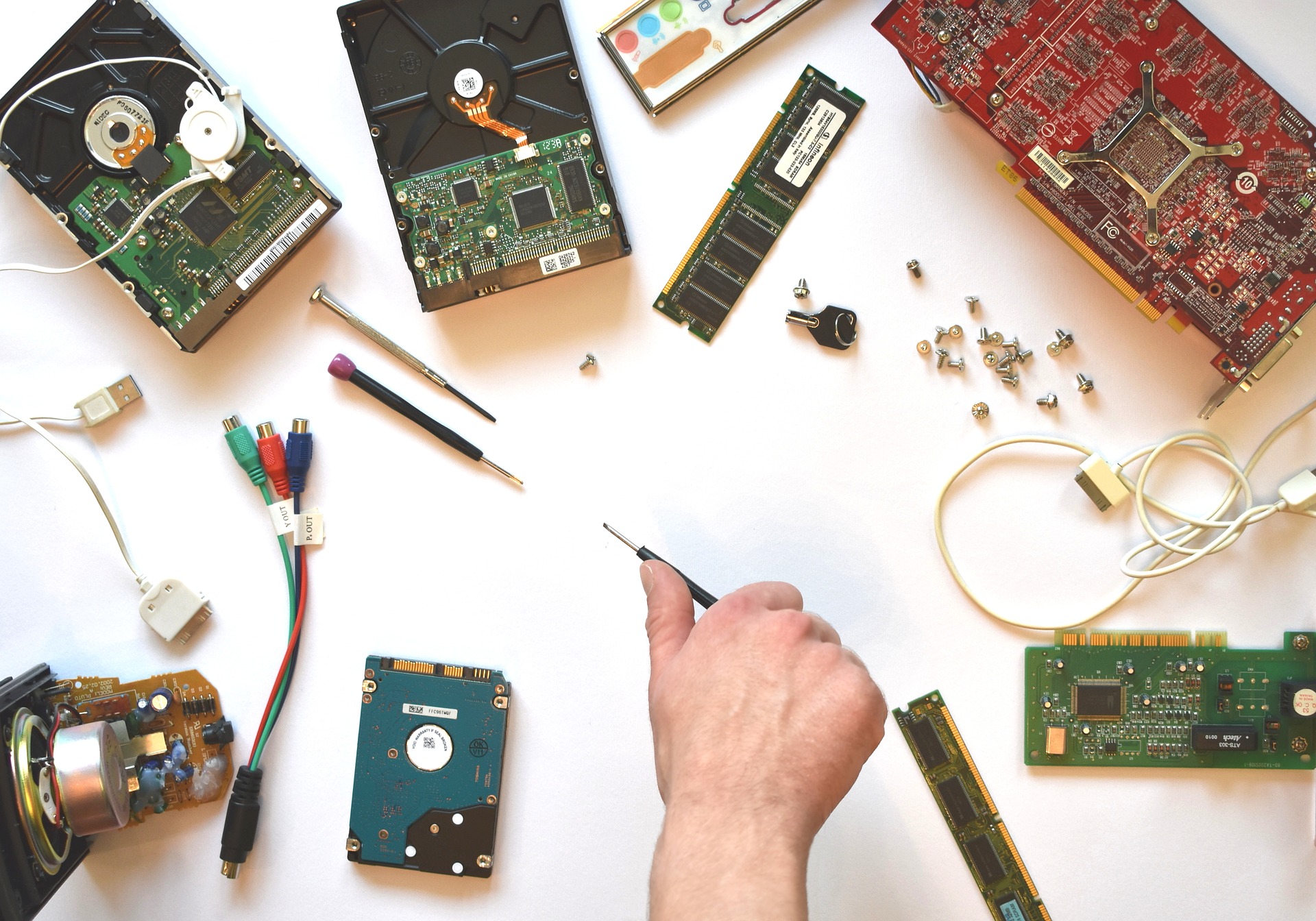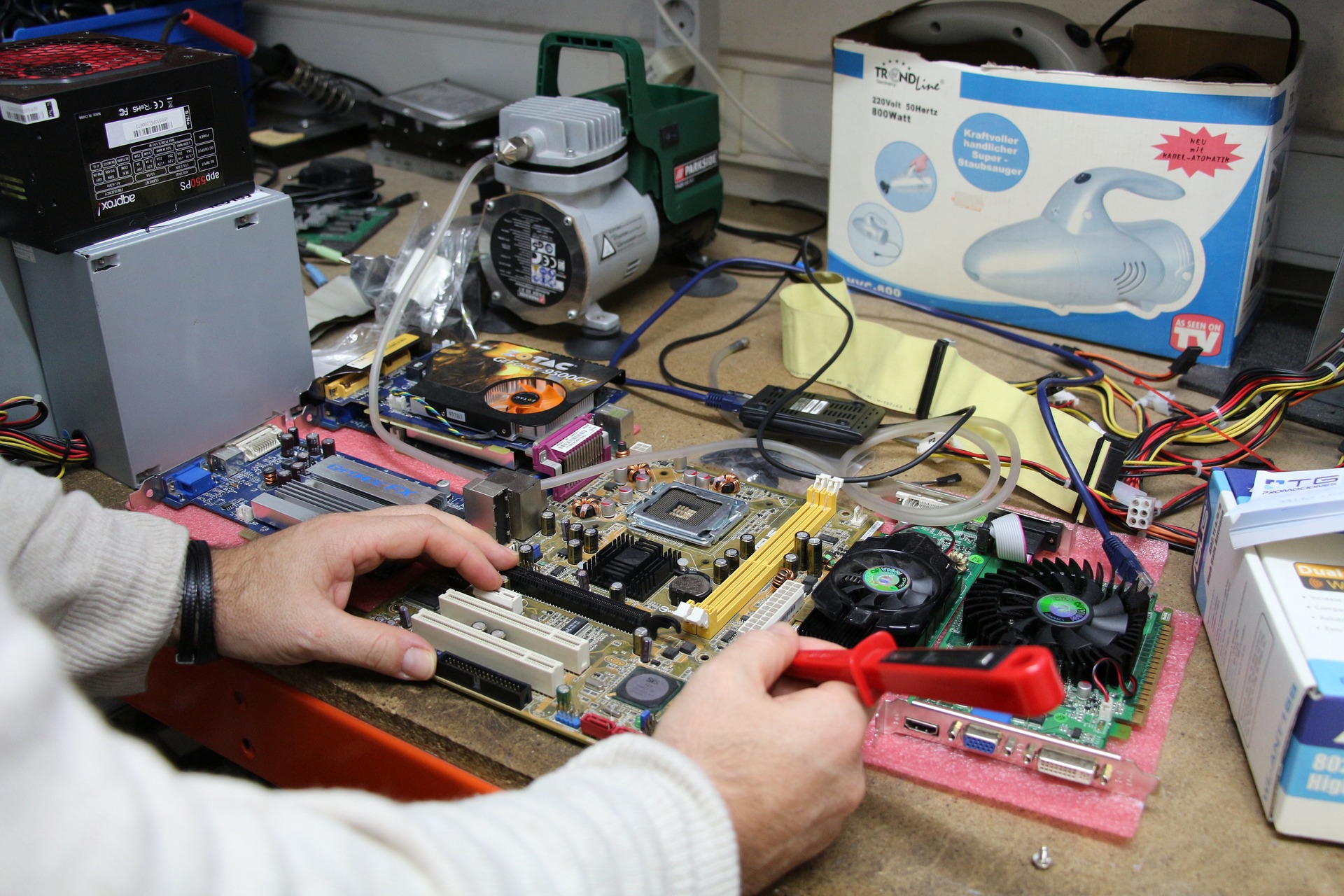Where do Rare or Discontinued Connectors Go?
A network of authorized secondary distributors stocks rare or discontinued connectors.

Every year, thousands of new connector designs enter the market. Many of these products meet the needs of new applications, but others replace a previous generation of a similar product. Typically, component manufacturers anticipate these changes and reduce production towards the end of a product’s viable sales life. Eventually, managing discontinued connectors takes up attention and space needed by current products. So where do all those old connectors go?
A special subset of authorized electronics distributors manages obsolete, discontinued, and rare components inventories. They serve the repair industry, the military, government and educational facilities, test facilities, and designers. These businesses warehouse a multitude of small quantities that represent the historical output of hundreds of manufacturers, or act as procurement specialists who sleuth out rare components that may be warehoused around the world. It’s critical that the provider make sure the parts they distribute are authentic.
“The market is plagued with counterfeit product, so we have to be on our feet and do our due diligence and ensure traceability,” said Allison Levine, president and CEO of Stock-Point Electronics, a company that procures inventory from OEMs and components makers. “When you’re working with connectors, you can also compare known goods to ones coming in, and inspect the plating, markings, and dimensions. If there’s ever any question, we disclose it to the customers.”
Levine says designers need to be careful who they approach for rare parts. “You can’t Google everything. A lot of companies say they have a part but don’t. You need to vet your supplier to make sure their audits and certifications are in order. It’s critical, especially when you are dealing with parts used by the military, to provide traceability and accountability whenever possible.”
That isn’t always possible, though, especially when dealing with historic parts. Levine has procured components dating back as far as 1979. “If it’s out there, we’re going to find it,” she said. “We do everything possible to give our customers reassurance.”
Another part of the equation is safe storage. EDX Electronics stores components in a secure environment that includes dry cabinets, which maintain a relative humidity below 1%.“We buy and store multiple years of last-time buy inventory, direct from the component manufacturer, to support the entire lifecycle of OEM customers’ products,” said Dennis Menefee, president and CEO.

The reason why a part becomes obsolete varies widely. Discontinued connectors may contain materials that are no longer readily available or affordable to produce. They may have been designed for an application that has gone out of production. They may no longer meet specific regulations. The company that originally produced them may have been acquired or gone out of business. The factory that produced them may have closed, or a mold may have broken and either usage was not significant enough to warrant the cost of having a new one made, or the new one differs enough that the new parts don’t fit older configurations.
When NorComp modified its 184 Series of connectors to update its shell materials, amps, ohms, and other attributes, the company renamed it the 184a Series to highlight these differences. However, some customers require the old connector, so a page for the discontinued product remains on the Norcomp site, at least for now. This serves as a notification to 184’s customers, who can contact the company to discuss solutions. “In some cases, when a product line or series of connectors has been discontinued, there is remaining stock in one of our warehouses that can satisfy orders until inventory is depleted. However, we do not manufacture more in advance for this specific purpose,” said Debra Garris, Norcomp’s inside sales supervisor. “As a best practice, we always try to point the customer in the direction of right solution for their project, no matter if we benefit this time as the manufacturing partner or not.”
In fact, the company goes to great lengths to ensure that its customers aren’t left high and dry. “We execute an exhaustive search of our POS to flag all customers that have purchased this product within the last five years, then we contact them six months in advance to notify of any upcoming discontinuation, thus giving them an opportunity to do a last time buy. Once a product is discontinued, we prepare a product change notification (PCN) for all authorized distribution partners and post this within the resource center of our website as well as on the product series page for two years.”
Other companies look to new manufacturers to give customers access to discontinued connectors. For instance, when ERNI discontinued its D-sub portfolio in 2018, it arranged with another company, Provertha, to continue making those parts. Typically, however, obsolete inventory is transferred to specialty distributors.

“We acquire inventory from OEMs who no longer have a need for large quantities of stock they have purchased and want to liquidate due to a change in their manufacturing or over-ordering,” said Stuart Hamilton, general manager with Sogenti Electronics, a distributor based in Canada that stocks connectors, transistors, capacitors, and other electronic components. Sometimes these parts aren’t actually obsolete, but they are rare or hard to find. “In times of shortages or scarcity, when people are facing long lead times, we can be a resource to help them keep production on deadline.”
The military and OEMs that serve the mil/aero market are major requisitioners of obsolete components, as large equipment may remain in service for decades and require repair long after the original parts have gone off the market. Many distributors that serve this market register with the Department of Defense and have a military cage code, which enables them to work with OEMs, subcontractors, and government agencies.
Distributors who handle obsolete parts may also be ISO 9001 or AS9120 certified. Some offer testing of components. Quality control is assured by obtaining parts directly from suppliers or by examining documentation that comes with inventory held by OEMs. “We have certificates of conformity and paperwork on much of our inventory, and we offer our customers warrantees to back it up,” said Hamilton. “We want our customers to be confident that they will be satisfied when they come to us for parts.”
Like this article? Check out our other Connector Basics, Standards and 2019 articles, and our Main Markets page.
- Meet the Connector: DIN Standard Connectors - April 16, 2024
- Software-Driven Radio Reinvigorates Old Technology - April 9, 2024
- What is a Busbar? - April 2, 2024







